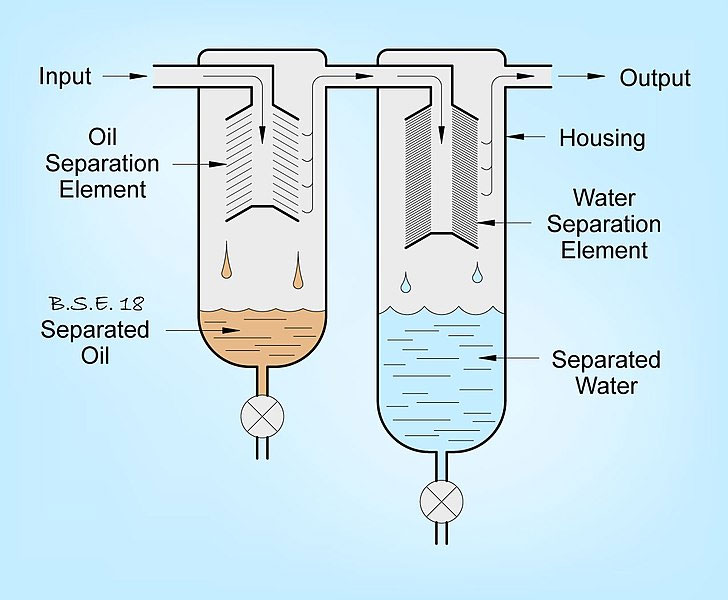Air dryers are commonly used in a variety of different industries, including the manufacturing, construction, automotive, and food processing industries. Essentially, air dryers are used to preserve the longevity of various types of machinery. They are used to dry water in compressed air to prevent damage to pneumatic components that are sensitive to moisture. If this moisture is not properly dealt with, the components will need to be repaired or replaced much sooner than anticipated, leading to higher operating and maintenance costs.
While all air dryers perform a similar function, the different types do so in different ways. Here is what you need to know about the three main types of air dryers and how they work.

Table of Contents
Desiccant Air Dryers
This type of air dryer, like the ones for sale at http://www.superdrysystems.com is designed to absorb water from the air using a desiccant, most commonly silica gel, although activated alumina or activated carbon are also popular. Most desiccant air dryers will not need to have their desiccant replenished, however, they will need to be dried or regenerated as necessary. Most descant air dryers are either heat or heatless models. Both of these dryer types use two identical chambers to rid the air of moisture. Unsurprisingly, heat regenerative dryers utilize heat to dry the saturated desiccant whereas heatless regenerative dryers do not.
Refrigeration Air Dryers
Refrigeration air dryers use refrigerants to dry the air. Once thoroughly dried, the air is properly reheated again before it is released. Reheating the cooled air prevents condensation from forming on the exterior of air lines downstream from the dryer and also pre-cools incoming air.
Membrane Air Dryers
Membrane air dryers work using the selective permeability of specially engineered membrane materials, as well as pressure differences inside the dryer, to their advantage. The membrane allows tiny water molecules in the air to move through it, whereas large oxygen and nitrogen molecules would be too big to pass through. This is essentially how the moisture is removed from the air.
Membrane air dryers are almost as popular as desiccant air dryers due to the fact that they are smaller in size, lightweight, do not need any power, and do not have any moving parts. This means that their operation costs are minimal and they require very little maintenance to continue operating at optimal capacity. Similarly to desiccant air dryers, membrane air dryers are ideal for use when it comes to point-of-use applications. They can also be employed near electrical or explosive hazards, as well as in remote locations.
The air dryer that you select will depend on personal preference, as well as what air dryer is intended to be used for and in which industry it will be employed. If in doubt, speak directly to an air dryer supplier for advice and guidance in terms of choosing the right model for the right application. As with any purchase for your business, do adequate research beforehand and ask all relevant questions before making a final decision regarding a purchase.










Leave a Reply